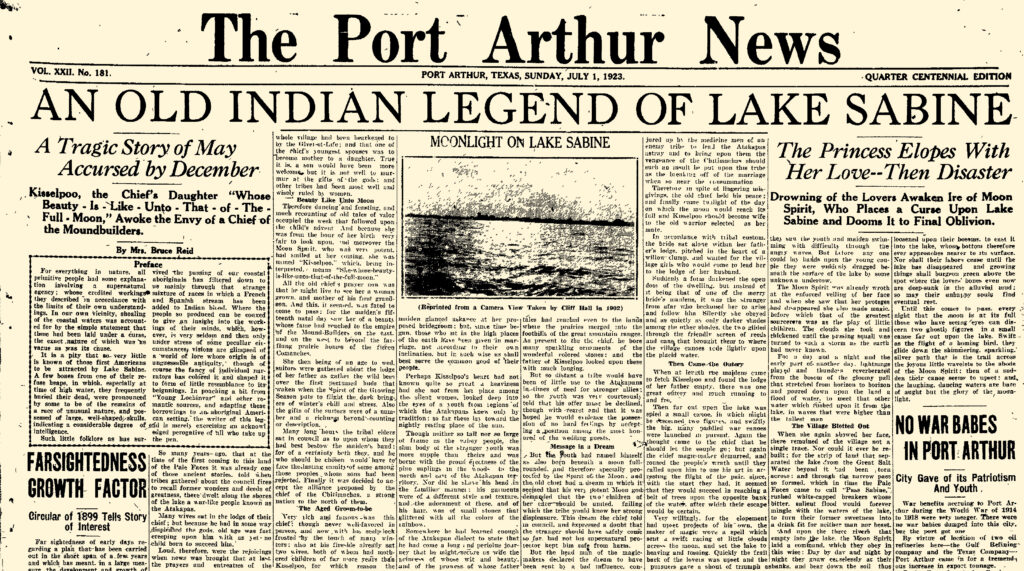
Bessie Reid wrote the Legend of Kisselpoo in 1923. It was published in the Port Arthur News on July 1st. The story was epic because it was derived from Indian legends found from New Mexico to Louisiana. With Florence Stratton, Reid also published a textbook called When the Storm God Rides in 1936, but this book does not concern the history of SETX except for one link. I’ll add the story and then get in the weeds of our area.
It is when that orb sheds its full light across the lake that the story has its greatest attraction. Then the tale-tellers declare, in the silvery path across the twinkling water, sometimes can be seen a canoe bearing a boy and girl in strange clothing, paddling up the shimmering moon way.
The tribe of Kisselpoo, so runs the ancient story, lived by the lake; and she, the only child of the chieftain, had been born when the moon was full and was under the protection of the moon goddess. When Kisselpoo was fifteen years old, tales of her beauty and ability had traveled far, and many braves from other tribes came to woo her. The one whom the leaders favored was head of several groups whose land adjoined to the north; and, although he was older than her father and already had many wives, arrangements were made for their marriage.
When nuptial preparations were far advanced, a stranger, whose home was seven sleeps distant toward the setting sun, arrived in the village. He was tall and straight as the pines, and for gifts he brought arm bands of a shining metal, set with stones like rainbows and like the blue of the skies. Kisselpoo loved him, but her wedding was set for the time when the moon would be at its brightest. That night as the luminous disc rose over the horizon, she waited in her finery for other maidens of the village to come to her father’s lodge and lead her to the elderly northern chief.
Instead, she heard the westerner’s deep voice softly speak her name, and with him she fled through reeds and grass to the lake where a canoe lay waiting. Swiftly they glided out on the water; but already the princess had been missed, and pursuit, led by the chieftain from the north and medicine men of her own tribe, was close. Her father did not participate in the chase, for he had dreamed a dream in which the moon goddess appeared to him and urged him to let his daughter wed the Indian from the west.
The medicine men called down the wrath of their gods, and a storm came up, ruffling the lake and upsetting the canoe, so that the eloping pair was last seen in the path of moonlight. Thereupon, the moon goddess, angered, called upon her kinsman, the storm god from the tropics, who rode in on a devastating hurricane. When at last the waves retreated into the Gulf, there was nothing left of the village or its inhabitants. The moon goddess decreed that the Lake of the River of Cypress Trees, for allowing itself to yield to the medicine men’s commands, should slowly disappear and all the streams that feed it bear down silt and mud to fill it.
For many moons after the great storm, the waters of the lake were clouded with mud, and its sandy bottom was covered with silt. The fish that were once abundant were now only a few. The sandy shores of the lake were stained, and shorebirds that once nested in the reeds and fished the shallow flats were gone. However, the spirit of the young lovers has remained with the lake that Kisselpoo loved so dearly. The moon goddess has shown forgiveness, and the lake is free of the curse that could have destroyed it. One can only assume that Kisselpoo had asked her protector, the moon goddess, to restore the beauty of the place of her birth. Now a swift current from the River of Cypress Trees is sweeping away the silt, and a fine sand shall again cover the lake floor.
With each new moon, the water becomes clearer, and great schools of fish have returned to the lake. Beautiful shorebirds and waterfowl have also returned to the sandy shores, along the salt marshes where alligators and furbearing animals abound. Meanwhile on a night when the full moon is rising, to those who have the power to see such things, appears the canoe with its two occupants who shall watch over Lake Sabine and protect its beauty until the last full moon.
One thing that this story mentions is when the god Hurrican devastates the area. In an article entitled Southeast Texas Indian Homeland, W. T. Block says that the demise of the Nacazil tribe in this area might have been caused by the Great Hurricane of 1780. I don’t know if this is factually true, but it would fit into Bessie Reid’s take on the story (if she even knew that a hurricane had hit the Texas gulf coast at that time). Unfortunately, W. T. Block’s notes are not present, and I have no way to confirm this, but it did make a great story!
I’m no expert on indigenous peoples, but I do see that a few are embracing their Karankawa ancestry. I wish them well and hope they don’t invite me to lunch.
Now that I’ve ruined a few people’s childhood stories of the beautiful Kisselpoo, who didn’t exist, I would like to take it further. Do you remember that Indian in the 1970s commercial crying because West-End Wanda was throwing her Burger Chef wrappers out the window of her 1970 Ford Pinto? He was Italian—but I digress.
On Wednesday, I attended a Jefferson County Historical Commission meeting. The gremlins were in full force around the elevators and possibly in the County Clerk’s office as well. Our usual quorum was met, plus some familiar faces to everyone’s delight. After the meeting, while taking the suspect elevator that made a few members late, I glanced at the panel and remembered that the courthouse is thirteen stories, and at one time, the county jail took up five of them. I toured the floors early in my journey in SETX history and will leave links to both the article and the photos at the bottom of this blog.
At our after-meeting (the one in the parking lot, because we were kicked out when they closed the building—as usual), I brought up a memory of working in a shipyard, which I try to forget, but it did make me think of my neighbor Roy in Port Arthur. He taught me many things in life and was a godsend and an excellent source of information. He worked in the shipyards in New Orleans during WWII, and he talked about it frequently with me because he knew I enjoyed his rambles. He grew up in Leesville, Louisiana, and is one of the few people who have influenced my life. He was special to me, and I loved every minute of his rants about Port Arthur, growing up in Leesville, being a union carpenter, and having to wear a sidearm on his belt in the 1960s to build his brother-in-law’s house because the union was on strike for whatever reason. Politics aside, this was wrong. I’ll leave a link at the bottom of this page.
Well, that’s it for this week, but October is on its way. Enjoy your family, neighbors, and friends. Alla prossima! Happy fall y’all.
SOUTHEAST TEXAS INDIAN HOMELAND:
THE BURIAL MOUNDS OF OLD PORT NECHES
By W. T. Block:
http://www.wtblock.com/wtblockjr/indian.htm
Iron Eyes Cody:
https://walkoffame.com/iron-eyes-cody/
Jefferson County Courthouse Jail:
Article:
https://www.rediscoveringsetx.com/2012/09/27/jefferson-county-courthouse-jail/
Photos:
Remembering Roy:
https://www.rediscoveringsetx.com/2012/07/24/remembering-roy/


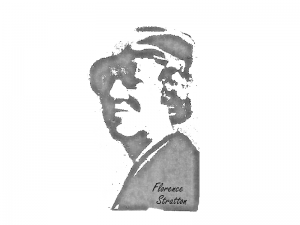
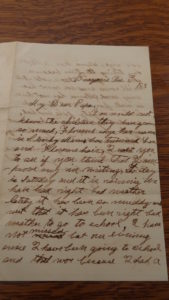
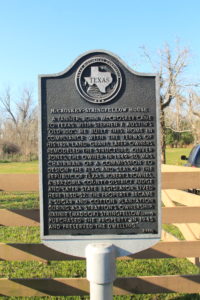
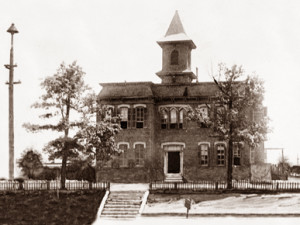

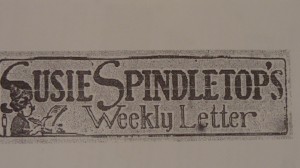
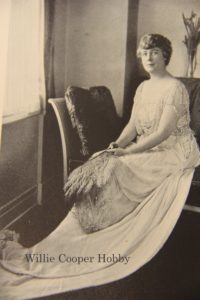
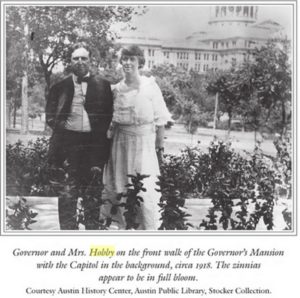
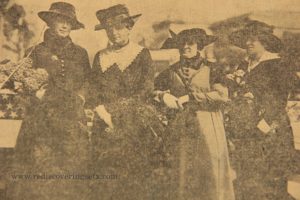
You must be logged in to post a comment.